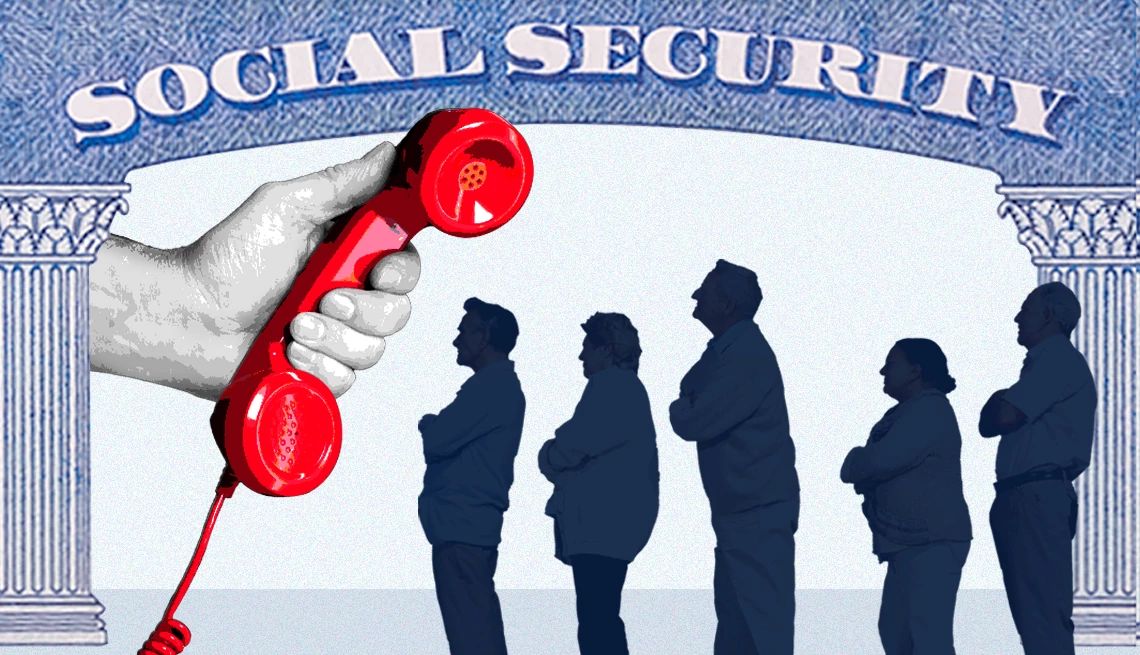Staying Fit


Despite several close calls, the protracted budget battle that gripped Congress for the past six months never shut down the government. But it did slow down progress in tackling Social Security’s customer service crisis, Social Security Administration (SSA) leaders say.
Amid a series of stopgap spending bills that kept the SSA’s operational funding at last year’s levels, the agency reinstated a pandemic-era hiring freeze. Coupled with double-digit attrition, that will shrink the agency’s workforce this year to about 55,000, a 27-year-low, SSA Commissioner Martin O’Malley told the U.S. House Ways and Means Committee at a March 21 hearing.


AARP Membership— $12 for your first year when you sign up for Automatic Renewal
Get instant access to members-only products and hundreds of discounts, a free second membership, and a subscription to AARP the Magazine.
As a result, for the second straight year, SSA leaders anticipate little improvement in customers’ experience when they call the Social Security helpline or file for disability benefits.
“By the end of [fiscal year] 2024, SSA will serve over 7 million more beneficiaries with about 7,000 fewer full-time permanent staff when compared to FY 2015,” O’Malley said in written testimony to the panel. “While modernization and other efficiencies have helped for some things, there is no way around the fact that the agency cannot keep doing more with less.”
Hold times for callers to the SSA’s national 800 line have averaged nearly 40 minutes for much of the past year. The average wait for a decision on an application for disability benefits is stuck at around 7½ months, and more than 1 million such claims are pending.
Due to limits on its ability to expand staff and pay overtime, the SSA acknowledged in a separate report to Congress last month that “we expect that backlogs and wait times will grow in FY 2024,” which runs through Sept. 30.
One step forward, two steps back
Social Security officials have long linked the decline in customer service to years of tight budgets, a view echoed by AARP and other advocates for older Americans.
“It is not realistic to expect SSA to provide the necessary level of service to a growing customer base with a shrinking workforce and the continued failure of Congress to approve adequate funding,” Bill Sweeney, AARP senior vice president for government affairs, said in written testimony to the House committee March 21. “These failures are having very real consequences for the American people.”
Social Security benefit payments are classed as mandatory federal spending and are not under congressional purview. But Congress does control how much of the SSA’s revenue — drawn mostly from the payroll taxes paid by almost all U.S. workers — can go toward customer service and other administrative spending.




































































More From AARP
Social Security Eases Rules on Recouping Overpayments
SSA head says moves will eliminate ‘clawback cruelty’Social Security calculator
Get an estimate of your benefits
How can I get help from Social Security?
Services are available online, by phone and in person
Recommended for You